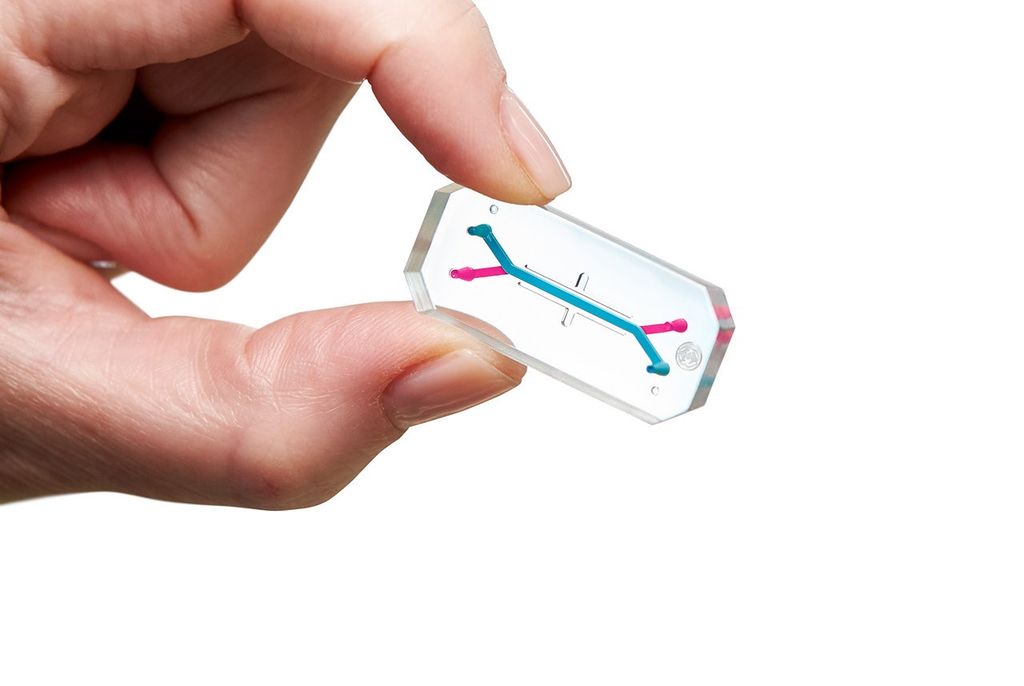NASA’s Wallops Flight Facility in Virginia is supporting suborbital rocket launch operations during a window extending from Sept. 20 – Oct. 10, 2025. No real-time launch status updates or livestream will be available
NASA Wallops to Support Launch Operations Sept. 20 – Oct. 10



































